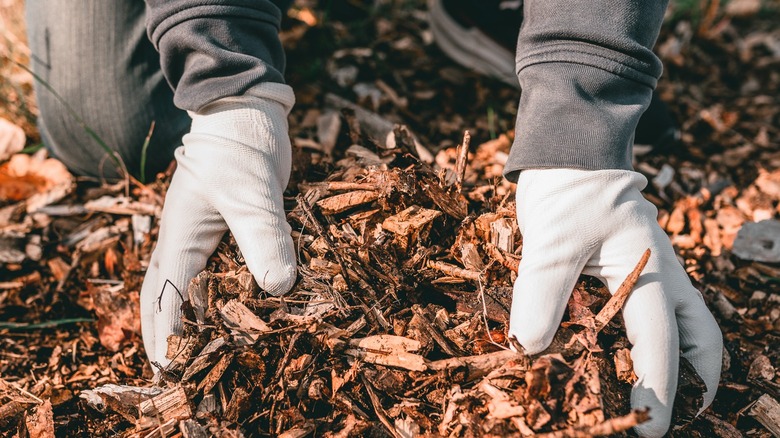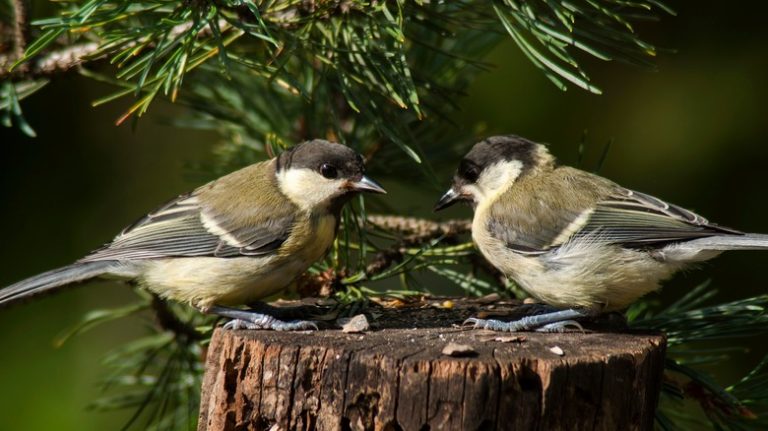You’ve been looking for the perfect mulch for your vegetable garden, but every time you think you’ve found it, you find some piece of evidence against it. One of the more popular organic options is using wood chips as mulch, and it seems like a good choice. The truth is, there are places you can use it where it’s beneficial, and there are places you should avoid using it. Since we’re talking about an organic, biodegradable material, we can’t forget there will be a reaction when we put it onto the soil. In essence, this is the issue with using wood chips with your soil – that initial reaction temporarily robs the topsoil of nitrogen.
During this initial breakdown of the wood, microorganisms utilize the soil’s nitrogen to do the job, but only the first few inches are affected. Later, the wood replenishes the nutrients. In the meantime, it can be particularly harmful to growing plants with shallow roots. This is the primary reason why you should avoid using fresh mulch like wood chips in your vegetable garden. Established plants, trees, and shrubs are different and benefit significantly from wood chips. Moisture retention, weed control, temperature moderation, and sustainability are what rate this mulch so highly.
How to get around the problem

Using composted wood chips instead of fresh wood chips is usually a good idea. Wood chips are considered fresh if they were chipped within the last three months, likely with some green leaves still attached. Composted wood chips have been brewing for at least three to six months prior to use. This will give the mineralization a chance to get started. After composting for a year, the wood begins to release nitrogen back into the soil. Thereafter, layer fresh mulch only on top of composted mulch. If you love using wood chips as an eco-friendly mulch option, this is how to do it successfully.
Alternatively, you can use fresh wood chips if you put down compost or manure first. For best results, you should also add a source of nitrogen near the surface of the soil. Since this is where the trouble occurs, adding a blood meal can do the trick. A nitrogen deficiency can cause stunted growth, yellow leaves, and wilting, so that’s one way to provide another temporary source for new plants. As long as you take into consideration potential nitrogen problems when using wood chips with your soil, it makes a wonderful organic option that looks beautiful to boot.


